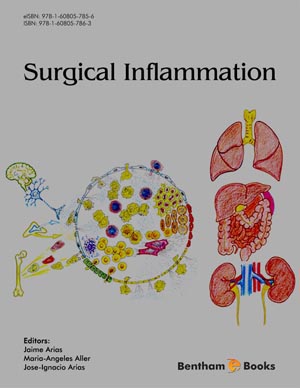Abstract
The cutaneous wound healing reaction occurs in overlapping but inter-related phases which finally involves fibrosis. The pathophysiological mechanisms involved in fibrotic diseases, including those organ-related or even systemic, like systemic sclerosis, could represent the successive systemic upregulation of extraembryonic-like phenotypes, i.e.: amniotic and vitelline. These two extraembryonic-like phenotypes would focus on the injured tissue to induce a process similar to that occurs in the early phases of embryo development, which is gastrulation. The amniotic-like phenotype would play a leading role in the development of a neurogenic response with noteworthy hydroelectrolytic alterations that essentially would represent the creation of an open microcirculation in the injured tissue. In turn, through the overlapped expression of a vitelline-like phenotype, a bone-marrow-related response is produced. The interstitial infiltration by molecular and cellular mediators contributed by the amniotic- and vitelline-like functions provides the functional and metabolic autonomy which is needed for inducing the formation of a new tissue by using mechanisms similar to those expressed in gastrulation during the early phases of the embryo development. Thus, a new tissue is formed but unfortunately it quickly evolves by premature senescence to fibrosis. The hypothesized use of mechanisms is related to extraembryonic-like functions in the three following physiological and pathological processes: the embryonic development; the wound healing reaction during adult life and, finally in senescence, where the existence of a basic self-organizing fractal-like functional pattern as an essential characteristic of our way of life is suggested.
Keywords: Wound healing, embryo development, vitelline, clot, coagulation, hemostasis, re-epithelization, amniotic fluid, extraembryonic functions, intraembryonic mesenchyma, leukocytes, microcirculation, senescence, interstitium.






















